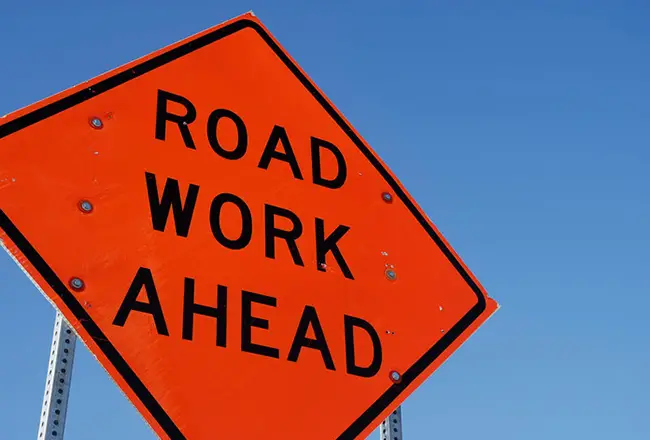“Live life like a pair of walking feet. The foot that is forward has no pride. The foot that is behind has no shame. Because they both know their situation will change.” ”” Unknown
Twenty-six bones, 33 joints, 24 muscles and 107 ligaments ”” per foot.
With 206 bones in total in the human body, the feet make up approximately 25% of our entire bone structure. Ironically, roughly 75% of American adults will have foot problems at some point in their lives.
The foot function
The foot functions as a “rigid lever” during heel strike and heel/toe-off but also acts as a “mobile adaptor” to absorb impact. In simpler terms, during a gait (walking) cycle, the foot needs to be stable and somewhat stiff at one point and mobile and pliable at other points. It is an extremely complex yet overlooked part of our bodies ”” quite possibly the most overlooked.
It is what our entire body weighs itself down on, and we rely on them to transport us wherever we have to go. So, what are we doing to keep our feet strong, happy and resilient?
The agony of da feet
We often hear a lot about “overpronation,” or when arches collapse inward, which can create a whole slew of issues up the chain, especially for the knee joint.
We hear about flat feet, which some would say is another form of overpronation.
We hear about weak feet, in which the arches in the foot just do not have the intrinsic strength they should.
We also hear about high arches, where the foot doesn”™t pronate enough.
Bunions, hammertoes, ankle sprains, plantar fasciitis: We hear about all these issues, and some of us end up experiencing these issues, but what are we really doing about it to help these issues ”” either to prevent these from ever happening or to return to activities after these occur.?
Fashion over function
High heels may be a good example of how altering our feet can affect our entire body and quality of life.
First off, they change your center of gravity. The increased weight on the balls of your feet causes your pelvis to tilt forward. To compensate, you lean backward, increasing the arch in your lower back, which puts a strain on your lumbar spine, hips and knees. The higher the heels, the greater the strain. It”™s not unusual for people who spend lots of time in high heels to have low back, neck and shoulder pain, because the shoes disrupt the natural form of the body.
Next, there is a decrease in blood flow, as the shape of the shoe squeezes the foot into an unnatural position, sometimes even causing blood vessels to break or, even worse, nerve damage.
Additionally, tight-fitting shoes can cause a painful bony growth on the joint at the base of the big toe, which forces the big toe to angle in toward the other toes.
Lastly, a narrow toe box pushes the smaller toes into a bent position at the middle joint. Eventually, the muscles in the second, third and fourth toes become unable to straighten.
Get your feet fit
The average fitness enthusiast usually will be involved in activities such as running, squats and lunges. If your feet aren”™t prepared and ready for these stressors, eventually things will start to break down. Given how our bodies work synergistically, other body parts such as the knees, hips and lower back may be taking the brunt of foot issues. Most people run to get fit when they should probably get fit to run. Think about suffocating your feet all day in footwear and then doing these activities.
Let me put it another way: Imagine I put big, bulky oven mitts on your hands for at least 16 hours a day, every day. And then I told you to take them off and use your hands freely. Would the movement and dexterity of your hands, fingers and wrists be altered?
Additionally, as a society that enjoys wearing shoes with elevated heels and sits for up to 16 hours a day, the body will lose ankle and hip mobility, which compromises stability at the knee. Maybe someone”™s “bad knees” actually started with poor footwear.

Is barefoot the answer?
We cannot all of a sudden start going barefoot, because that itself can cause damage or injury since the foot is not ready for the demands placed upon it with zero support. One way to start communicating with your feet is to simply rotate footwear. Every shoe has different stress points, so simply rotating through a few different pairs of shoes can help give your feet some different sensations.
Exposing your feet to different textures and surfaces will also help with proprioception (body awareness), as your feet are among the most nerve-rich parts of your body. Walk on the beach, walk on grass, walk in your house ”” all without shoes. Guess what other body parts are loaded with proprioceptors? The hands. Maybe the key to getting the most out of your fitness routine starts with the two areas of the body that never get the attention they deserve but that we use the most.
Reach Giovanni at Gio@giovanniroselli.com.


















